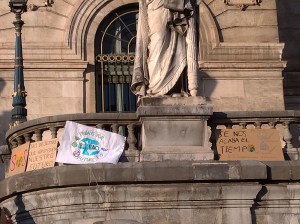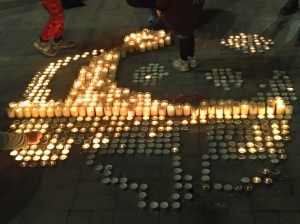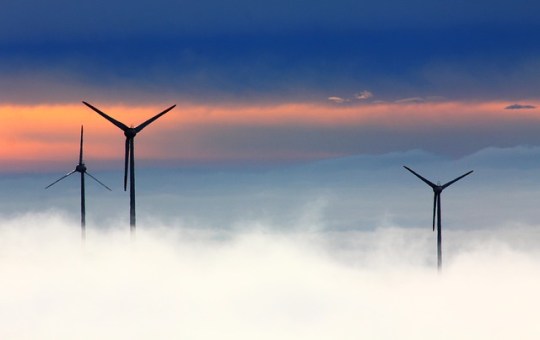
In fact, I wrote a couple of posts many months ago with my first ideas about COVID19 and climate change but This pandemic year has changed all us after initial shock and our ideas with them. In this moment I feel moderately optimistic about getting better next year in the pandemic global challenge. The vaccine, the knowledge and the fast development of this kind of crisis help me in that hope.
But the climate crisis is different in many senses, the first is that the time scopes are not in the same range. Last year the term climate emergency gained strength. I like it because I agree we are approaching tipping points but emergency in climate is conceived in a decade and not in months or days.
In this moment it is clear that the CO2 emissions in 2020 will be significantly lower than previous year or expectations. The predictions say that 2020 emissions will be 34 GtCO2, 7% lower than in 2019. It is an important and unprecedented reduction, but will it be long lasting? Or the recovery will erase any improvement?
I do not know. Some news from China tell us that it is recovering activity and emissions at the same pace. However, there are some good news from China too, EU seems committed to low carbon recovery, coal is facing tough times and the change in USA presidency is clearly positive.
My list of positive expectations is:
- Fossil fuel industries suffer more from demand reduction, renewables fuel is cheaper. This can be critical for many coal power stations in the western countries.
- Many new trends like home office or telematic meetings are a form of efficiency. Some transportation needs can be reduced permanently. It is possible, will be done? We will see. I have saved this year many European project meetings. Some were are lost but others were easily translated to telematic form.
- Many countries will give strong stimulus packets and those dollars, euros, pounds or so will in some cases be connected to low carbon economy.
- Electric mobility is becoming more real, slowly but visibly.
- Have we gain consciousness of our fragility? At least some have and this will help for climate.
- The “debate” is dissapearing
And the list of fears:
- The first one is that we try to forget too fast this nightmare by recovering the lost time and delaying emission cuts. It could be too late.
- But maybe my biggest worry is that we do not act with enough energy and we do not reduce emission at the needed pace. The pace needed for a climate emergency.
- And of course many other smaller ones about transport electrification, heating, energy,…








